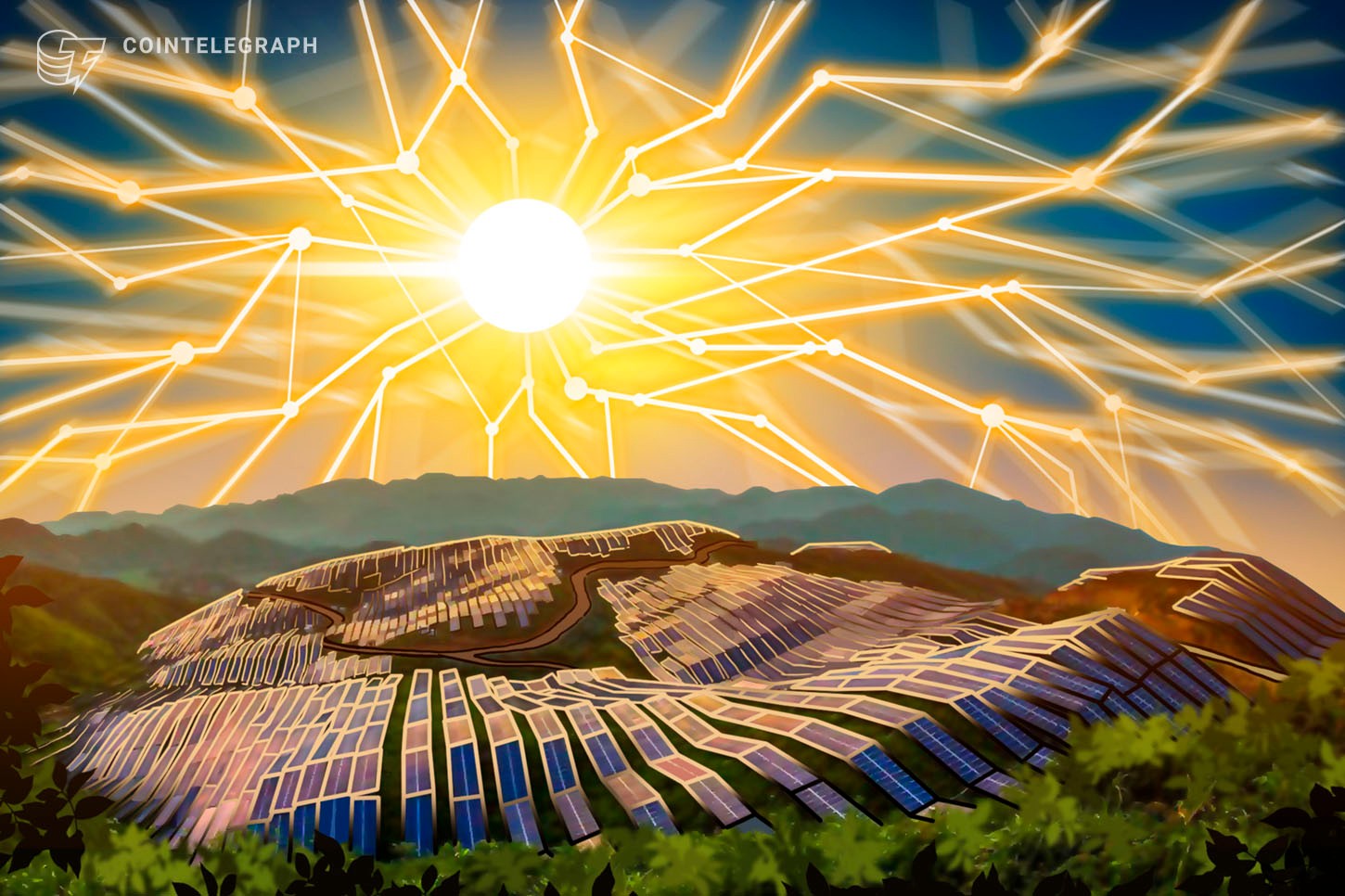Canadian conservation authorities and technology firm Insolar are conducting a test-bed blockchain project for renewable energy management.
Within the scope of its Sustainable Technologies Evaluation Program (STEP), on April 1 the Toronto and Region Conservation Authority (TRCA) announced a collaboration with blockchain specialist Insolar to leverage the technology for managing distributed energy resources (DERs).
Ontario’s long-term energy plan has reportedly identified DERs as an essential policy strategy that will help to close the growing gap in electricity supply as the region works to replace 30% of its conventional power production with sustainable sources over the next 15 years.
Data flows and smart power grids
Insolar has developed a blockchain platform, Assured Ledger, which offers trusted data exchange for transactive energy systems. These are crucial for making DERs viable at scale, the company claims.
Sources such as solar and wind can be used as a backup or replacement to achieve a more sustainable energy mix, provided they are coordinated on the power grid’s edge. This ostensibly ensures they do not stop utilities from providing a reliable energy supply.
To securely manage the flow and exchange of energy from renewable distributed sources within existing electric power systems, blockchain can serve as a critical piece of infrastructure, as STEP technical coordinator Gil Amdurski explained:
“It can connect and aggregate prosumer DERs, enterprise microgrids, and electric vehicles to the grid. Thus, the energy supply from renewables is managed optimally: it can be stored and redistributed when and where it is needed. This can stabilize grids, reduce peak demand, and make utilities future-ready without having to rebuild their infrastructure.”
Amdurski further outlined that renewables-powered electric vehicles “can act as batteries and feedback into the grid,” while their owners can in turn be “incentivized to charge outside of peak load times.”
A representative from Insolar Energy Projects, Lesley Czuma, added that the blockchain system needs to be highly scalable, reliable and securely automated to achieve a reduction in peak loads, prevent blackouts, support access to distributed renewable sources, and minimize costs at the consumer end.
Blockchain’s advantages are essentially a question of coordination and smart data management for energy demand across complex networks, as Czuma’s statement said:
“Reliable data flows and a solid communication platform are key to reaping the benefits of DERs in smart grids. This is especially true as the number of prosumers and devices that must be connected and coordinated grows.”
Blockchain in the renewables sector
As reported yesterday, Australian blockchain firm Power Ledger and French green energy retailer ekWateur are now offering almost a quarter of a million French residents the opportunity to customize their energy mix, using blockchain to securely certify its source.
In January 2020, researchers at Ireland’s Economic and Social Research Institute proposed that blockchain can offer tailored mechanisms that incentivize renewable energy consumption, such as the forward selling of renewable electricity generation:
“Claims on future electricity production can be directly traded between generators and consumers through blockchain [...] These claims on future generation could be embodied as nonfungible blockchain tokens with future electrical power delivery as the underlying asset.”


